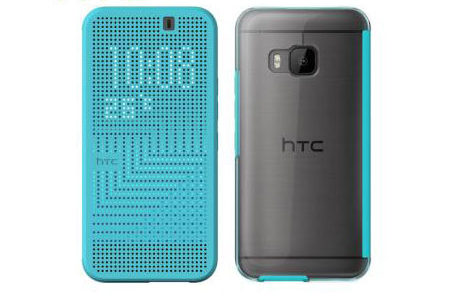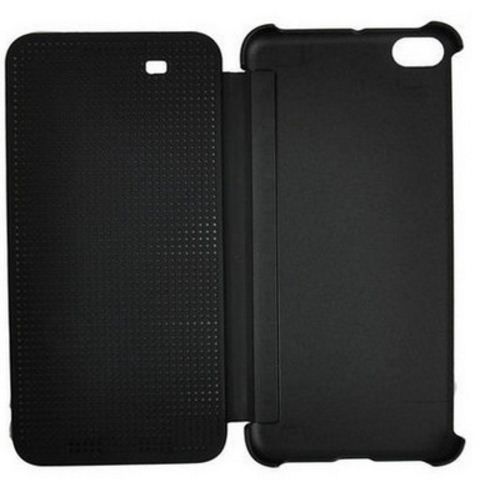

Frankly, I think they did it because chamfering is more expensive. HTC says they did this because of complaints that the M8 was too slippery, and that the "stepped" effect helps it dig into your hand a little better for maximum grippability. Instead of a chamfered, polished edge, there is a "stepped" break in the metal frame that goes straight up and is cut at a 90-degree angle. The greatest physical change to the phone is, for all intents and purposes, the area where the frame meets the display glass and speaker grilles.


The phones are so similar that the M9 is best described by what doesn't make it look like the M8, as opposed to what it looks like independent of its predecessor. At the time, though, many of us wondered: had HTC started to run out of ideas? With some significant but generally subtle design tweaks, the excellent Boomsound speakers, a good 1080p LCD, and a quick Snapdragon 801, the M8 wasn't a huge upgrade over the M7, but it had its redeeming qualities. It, too, was very good-looking, and while the Ultrapixel camera was controversial, the phone debuted to very positive reviews. While the Tegra version was lamentable, the Qualcomm-powered variants received generally wide praise. The One X was, and I still think is, a beautiful phone. Not long after, though, those fortunes began to wane - with the launch of the original One series (One X, S, V), HTC's first attempt to rebrand its smartphone design image began. When the Dream launched in 2009, little did HTC likely know that its fortunes would skyrocket in the few years after, along with its share of the smartphone market. HTC was one of Android's earliest supporters.


 0 kommentar(er)
0 kommentar(er)
